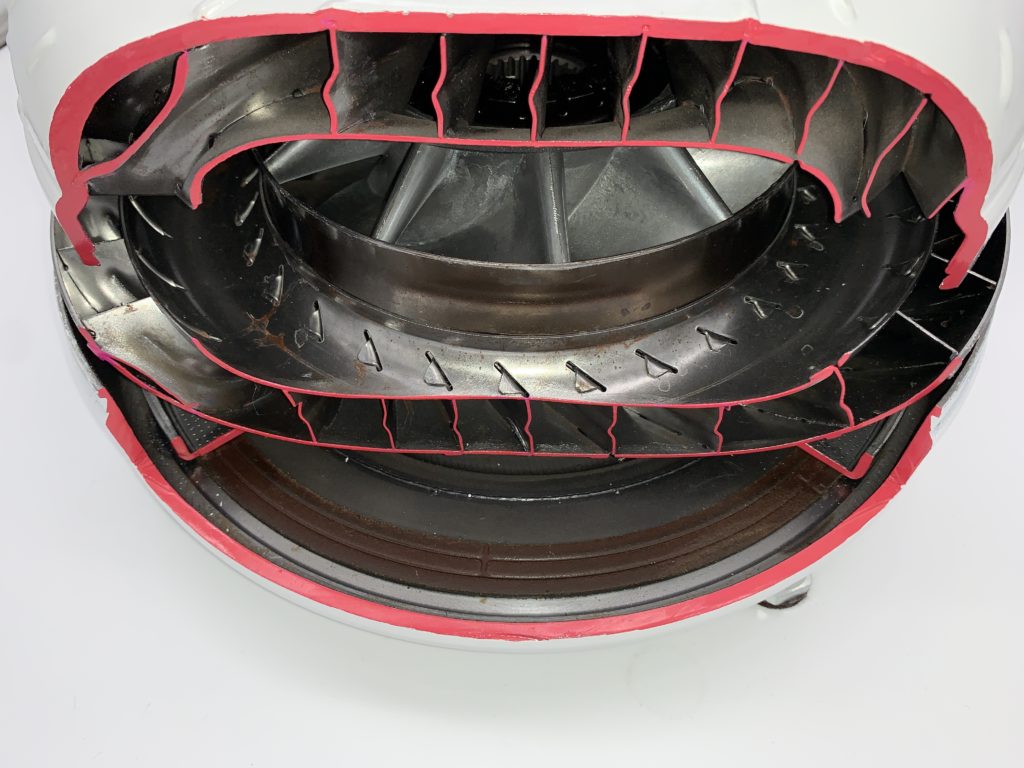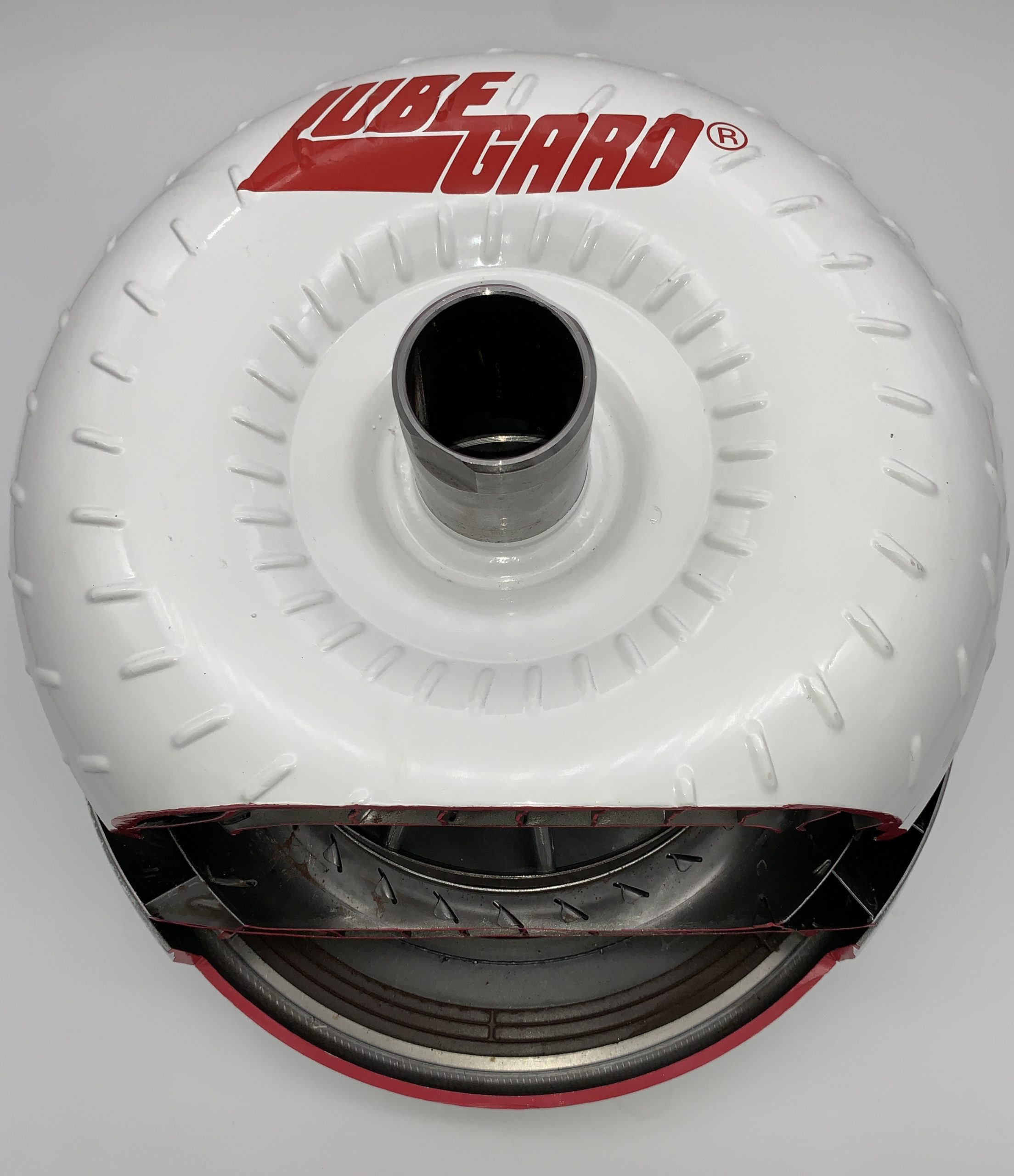Science Friction
The constantly evolving and changing frictional properties of automatic transmission fluids have been a topic of great interest to mechanics, transmission rebuilders and consumers trying to figure out what their fluid service options are. OEM’s (Original equipment manufacturers) from North America, Asia, and Europe, like to use a specific ATF which, is often available only through them at high cost and limited availability, and which meets the unique “frictional requirements” of the specific application. To use anything else (they claim) will cause shifting problems and ultimately failure. This is what I would call “fake news” created by OEM’s wanting to sell fluid & service.
 Automatic transmission fluids are functional hydraulic fluids that must contain the proper level of additive to provide the correct frictional properties for wet clutch application that is not harsh, smoothly slides to a stop as the clutches apply, and is able to transfer the torque under load from the engine to the driveline without slipping. There are certainly other performance properties that must be present in extended warranty or “fill for life” fluids, but long-term frictional stability is at the head of the list. It is not difficult to find excellent quality automatic transmission fluids in the automotive after-market, but the question of frictional properties always comes up.
Automatic transmission fluids are functional hydraulic fluids that must contain the proper level of additive to provide the correct frictional properties for wet clutch application that is not harsh, smoothly slides to a stop as the clutches apply, and is able to transfer the torque under load from the engine to the driveline without slipping. There are certainly other performance properties that must be present in extended warranty or “fill for life” fluids, but long-term frictional stability is at the head of the list. It is not difficult to find excellent quality automatic transmission fluids in the automotive after-market, but the question of frictional properties always comes up.
Let me explain the often used but seldom understood technical term, employed by formulators and transmission engineers, “friction modification”. This is a term that covers several different frictional effects. When used to describe the wet clutch engagement properties of automatic transmission fluid, the term “friction modified”, means the fluid has been treated with additives that alter the static to dynamic torque ratio for elimination of harsh clutch engagement and improved shift quality. In simpler terms, in the last tenth of a second of a clutch engagement or lockup (shift), whatever occurs determines the intensity and duration of the clutch lockup, which in turn determines shift quality.
Automatic transmission fluids with little or no friction modifier (like Ford Type “F” ATF) have a very sharp clutch engagement (the clutch plates do not gradually slide to a smooth stop) with very quick (0.4-0.6 second) shift or lockup time. These shifts are harsh, and shock load the driveline, reducing driveline life and driver satisfaction and comfort. Therefore, Ford moved on to “friction modified” ATF, in the mid 1970’s being one of the last OE’s to do so.
Automatic transmission fluids with too much or the wrong kind of “friction modifier” will experience extended clutch plate lockup (>1.0 second) and the plates will slide too much. This makes the shift have no perceptible end feel, it accelerates the wear of steel clutch plates and glazes fiber plates. Most people conclude the transmission is “slipping” and do not like automatic transmissions that shift this way. Zinc based friction modifiers are often the cause of this type of “friction modification” and reduce the ability of the automatic transmission fluid to carry torque at low speeds (induces slip under loaded conditions at low speeds like 1st gear or reverse).
Current automatic transmission fluids with the correct frictional properties allow the proper transfer of power at high-speed clutch engagement and allow the clutch plates to lockup (0.6-0.8 second) smoothly with a well-defined beginning and end. These fluids are also formulated to prevent the low-speed frictional problem of T/C (torque converter) shudder.
 One of the required frictional properties of the new generation of automatic transmission fluids is the ability of the fluid to prevent the stick/slip condition that occurs when a torque converter with a clutch locks up the stator in the torque converter (T/C shudder). Certain OEM’s had and still have a problem with T/C shudder (stick/slip). If the automatic transmission fluid becomes frictionally depleted or was changed and did not contain the proper friction modification to prevent T/C shudder, this problem will occur. T/C shudder was the main reason “highly friction modified” automatic transmission fluids came into existence. Properly formulated ATF will provide consistent high-speed frictional properties (clutch lockups) and proper low-speed frictional properties to prevent & eliminate T/C shudder without damaging the torque carrying capacity of the automatic transmission fluid at low speeds or damage the torque converter.
One of the required frictional properties of the new generation of automatic transmission fluids is the ability of the fluid to prevent the stick/slip condition that occurs when a torque converter with a clutch locks up the stator in the torque converter (T/C shudder). Certain OEM’s had and still have a problem with T/C shudder (stick/slip). If the automatic transmission fluid becomes frictionally depleted or was changed and did not contain the proper friction modification to prevent T/C shudder, this problem will occur. T/C shudder was the main reason “highly friction modified” automatic transmission fluids came into existence. Properly formulated ATF will provide consistent high-speed frictional properties (clutch lockups) and proper low-speed frictional properties to prevent & eliminate T/C shudder without damaging the torque carrying capacity of the automatic transmission fluid at low speeds or damage the torque converter.
When I entered the world of transmission fluid testing, one of the first problems encountered was customers complaining about “shudder”, “judder”, “rumbling”, or “like going over railroad tracks” and a dozen other verbal descriptions of what ended up being called torque converter shudder. The OE’s were having huge problems with customer complaints shortly after and even before their warranty expired. In the beginning it was thought that the torque converters were the problem. It turned out converters were a big problem (additive depleted fluid was a bigger problem), and we can thank the rebuild industry for the robust torque converters we currently enjoy. The resulting frenzy of OE and aftermarket engineering and computer programming solely directed at solving this problem drove fluid development for years and resulted in many mechanical and manufacturing innovations along with additive and base oil improvements. Now mind you, I am referring to events that started in the 1980’s and have persisted through to today, shudder in step automatic transmissions is still here. There is no mechanical or programming fix that will solve the problem if the fluid is not formulated with the proper frictional modifying additives. Even then, the potential for the problem to reappear goes hand in hand with proper service at measured intervals determined by the driving style and use of the vehicle.
The notion of “fill for life” was based on an OE attempt to define driving into two categories, normal driving (which very few of us do) and severe duty. When you read the OE definition of normal driving in your owners-manual, you quickly find that out. You usually find your driving style and vehicle use put you into the “severe duty” category. Your “fill for life” (based on 100,000 miles) now becomes 50,000 miles and coincidentally, it is not uncommon for frictional problems like T/C shudder to start around the 50-60,000-mile range.
Having been actively engaged in the ATF business at one capacity or another for the last 40 years, my familiarity with the shudder phenomenon and its causes and solutions have initiated many conversations about shudder and its solutions. I have a message for those that think solving this problem is going to be easy. Fixing the mechanical flaws of valve bodies, torque converters or new cutting-edge programming is never going to be a totally satisfactory solution until the frictional properties of the fluid remain stable for the life of the transmission. This has to do with modern day additive chemistry & base oils, and the continuing use of transmission fluid and additives designed to provide the important property of frictional stability for the life of the fluid.

